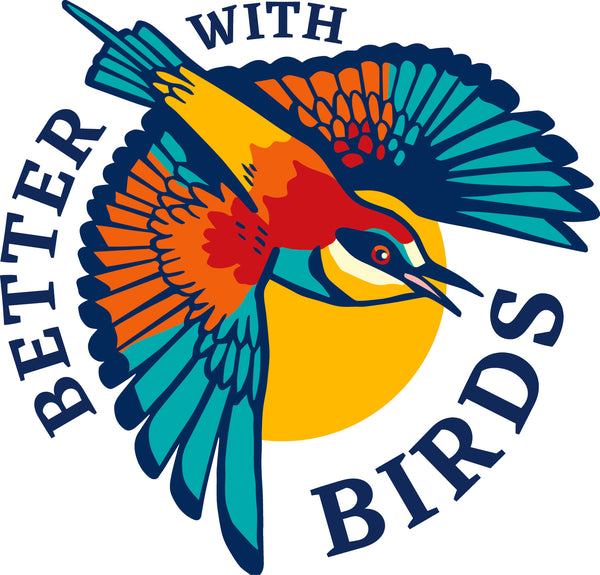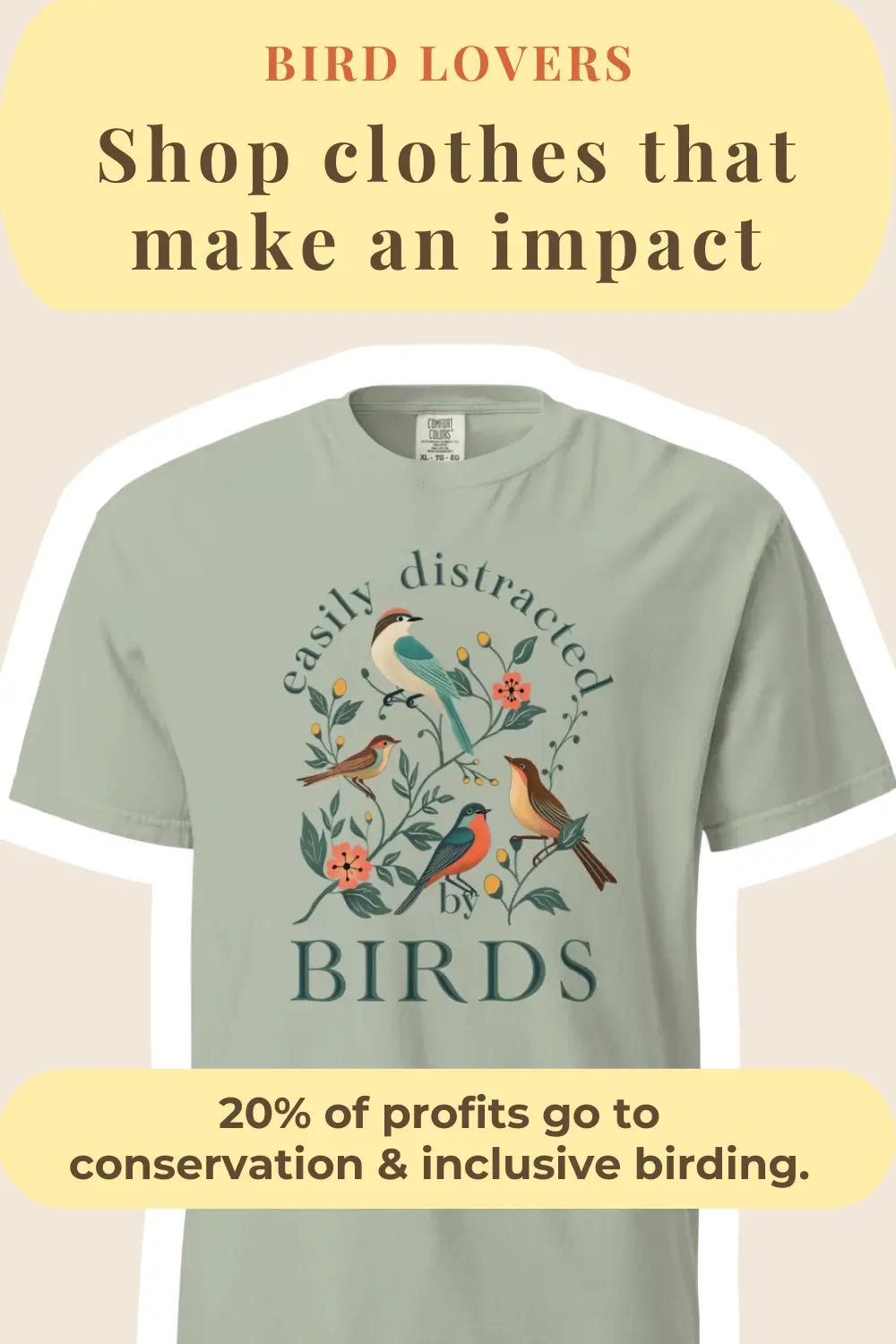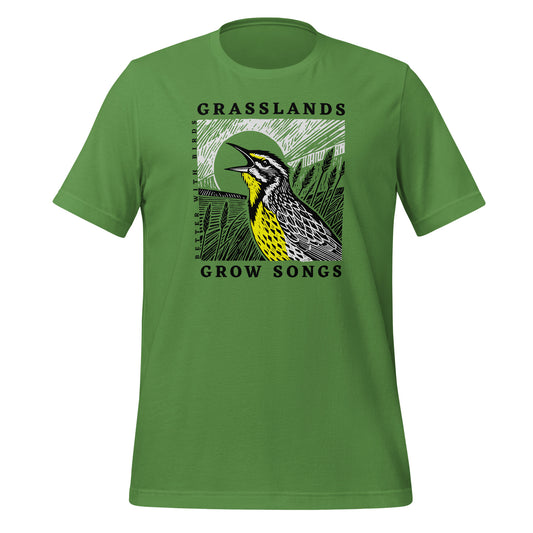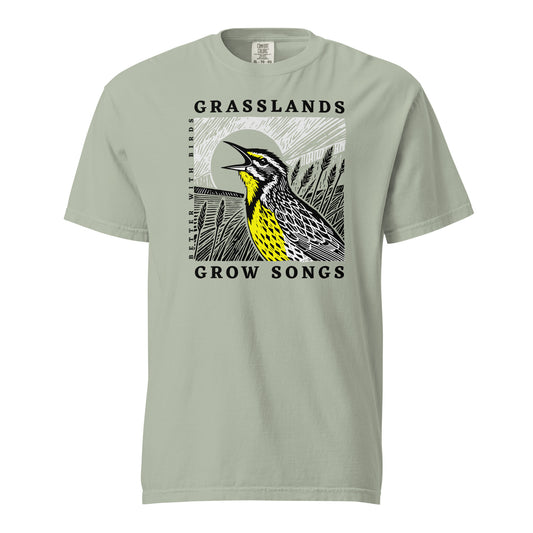How to Get Close to Birds Without Scaring Them
Read Time: 4 minutes
Birding Culture , Tips & Advice
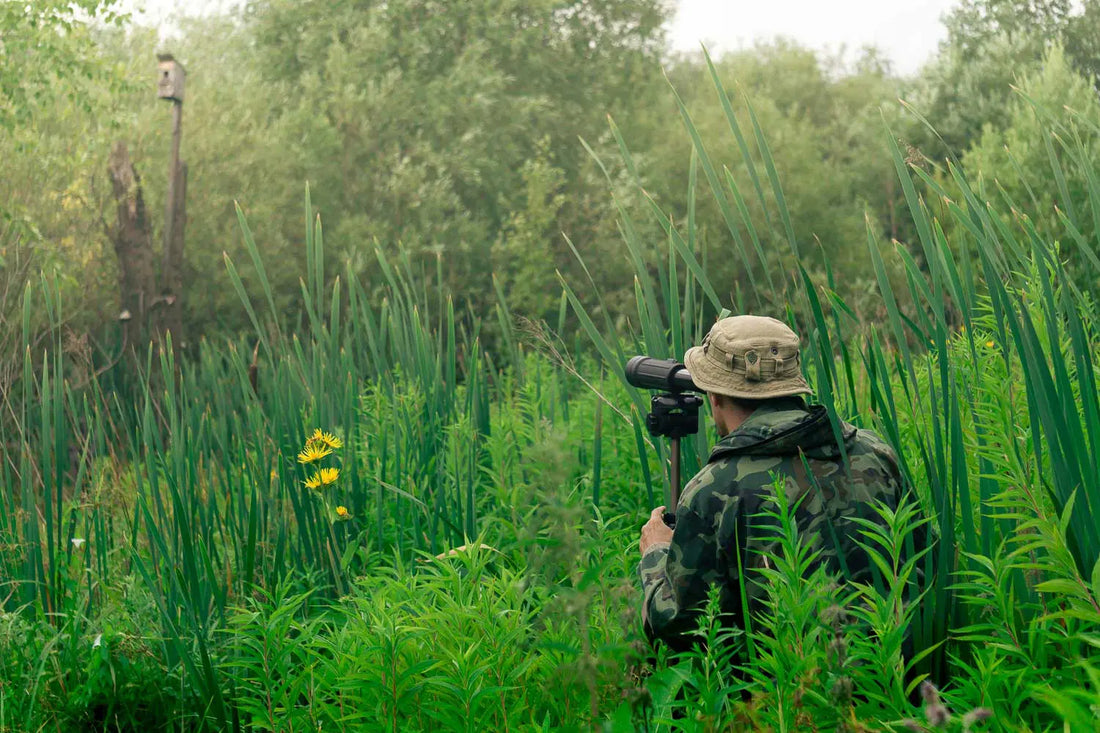
This post contains affiliate links. If you use these links to buy something, we may earn a commission at no additional cost to you. We only recommend products we fully support or use ourselves. Our full disclaimer
PIN THIS FOR LATER
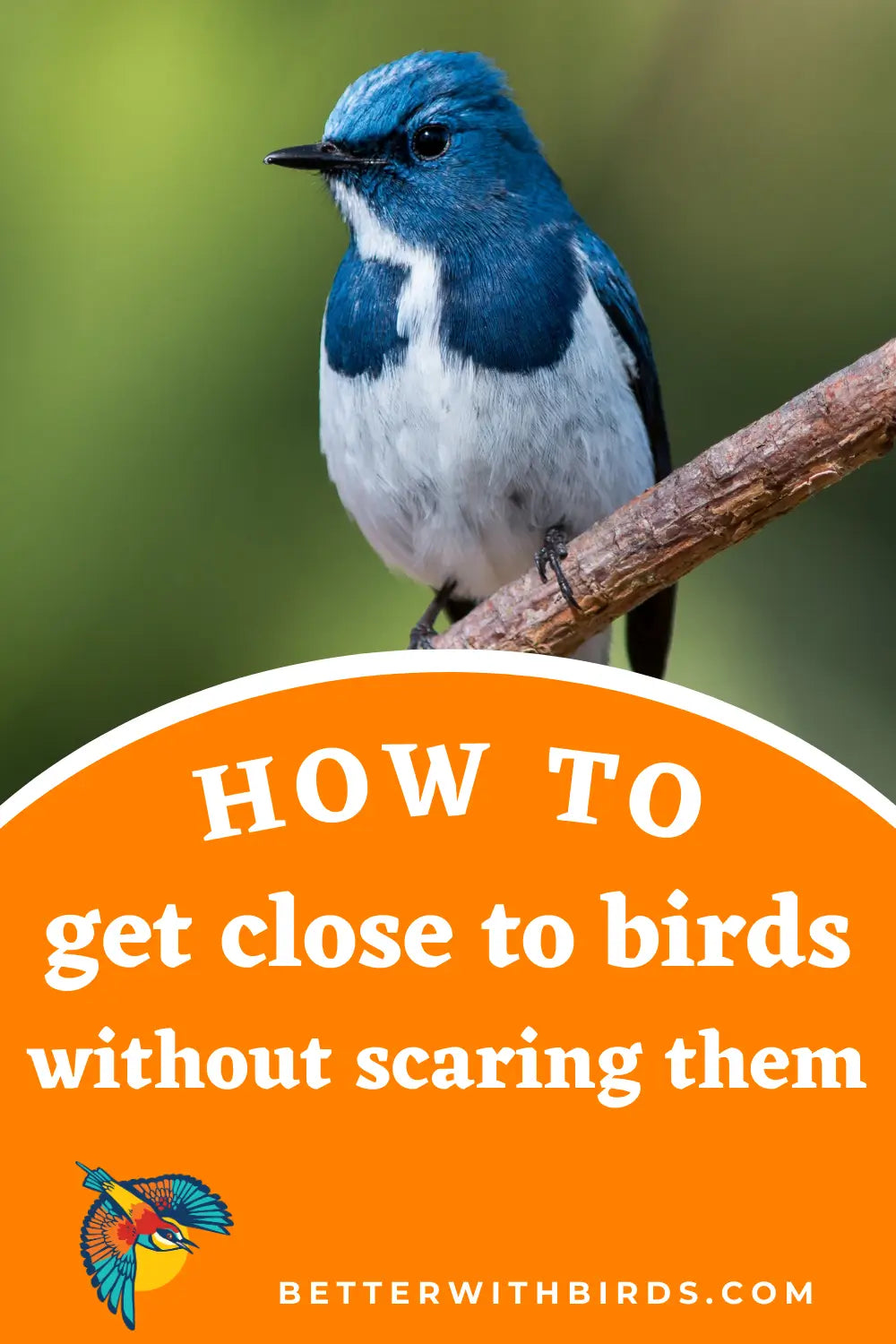
Contents
Ever watched in frustration as that perfect bird sighting vanished in a flurry of wings, just as you got your camera ready? Yeah, me too. It’s one of those universal birdwatching moments that makes you want to throw your binoculars into the lake (don’t do that, though, those things are expensive).
But for real though, whether you’re trying to snap that award-winning photo or just want to observe birds doing their thing, getting close without sending them flying is a skill worth honing.
And trust me, as a professional wildlife photographer, I’ve accidently scared away more birds than I care to admit. And I've learned essential lessons with each of those oopsies.
Now, I’ve pretty much mastered the art of being a fly on the wall and capturing some of the amazing avian wildlife here in Oregon. So let me give you some tips on how to do it right.
Understanding Bird Behavior
Before we begin, what you first need to understand about birds is that they aren’t paranoid and jumpy just for the sake of being dramatic. As they’re considered prey for some forms of wildlife, they have good reason to bolt when we humans come stomping around.
Why Birds Are Naturally Wary
Think about it – birds are basically flying snacks for about a thousand different predators. Even hawks that prey on smaller birds are prey themselves for other animals – everyone wants a piece of them. No wonder they’re jumpy!
When you’re approaching a bird, remember that you look like a massive, lumbering monster from their perspective. You might know you just want to take their picture, but all they see is a giant potential threat moving toward them.
Recognizing Bird Body Language
Birds talk with their bodies before they fly away. If you pay attention, they’ll tell you when you’re pushing your luck.
See that robin that suddenly stopped pecking at the ground and is staring right at you? That’s bird-speak for “I see you, and I don’t like it.” Notice how that sparrow’s feathers just puffed up a bit? That’s the avian equivalent of “back off, buddy.” Learn these signals, and you’ll know exactly when to freeze or back up.
We give 20% of all shop profits to bird conservation & inclusive birding efforts.
Techniques to Get Close to Birds
Now for the good stuff: how to actually get near these flighty creatures without triggering their escape plan. Here’s what I’ve found to be useful:
Move Slowly and Steadily
Birds have an uncanny ability to spot quick movements, which meant that when I first started birdwatching, I moved like a normal person and saw nothing but tail feathers. Now? I sometimes take five minutes just to raise my camera. If you’re moving at what feels like a ridiculous, almost comical slowness, you’re probably doing it right.
Use Natural Cover and Concealment
Hear me out on this one – get creative and sly about it. That clump of bushes? Perfect hiding spot. The fallen tree by the creek? Nature’s blind. Birds are much less likely to notice you if you’re partially hidden, even if it means you have to crouch awkwardly behind a shrub for 20 minutes (my knees still haven’t forgiven me).
Blend into the Environment
Showing up to a bird sanctuary in your neon workout gear? Rookie mistake. Birds spot bright colors faster than a teenager spots free food.
I’ve even found that wearing some of our quality shirts for bird lovers helps, and it isn’t just about showing off my bird nerd status – many are designed with natural colors that won’t send birds scattering when I come into view.
Let Birds Come to You
Sometimes the lazy approach is actually the smart approach. Find a comfy spot (bring a cushion, thank me later), settle in, and wait. I once sat motionless under a tree for an hour before a curious warbler landed just three feet away from me. Worth every minute!
Time Your Approach Correctly
Hungry birds are distracted birds, so when they’re focused on their breakfast buffet, they’re less likely to notice your snail-paced approach. Dawn patrol isn’t just for surfers – early mornings offer your best shot at getting close to birds when they’re busy filling their bellies.
Use Decoys and Playback Calls Responsibly
Yes, you can trick birds with fake friends and recorded calls. But please don’t be that person who blasts bird calls at maximum volume through the entire forest. It’s stressful for the birds and annoying for every other human within earshot, and remember that a little truly goes a long way here.
Birdwatching and Photography Tips

Choosing the Right Gear
Let’s be honest: sometimes the best way to get “closer” to birds is optically rather than physically. After ruining countless shots with my first basic zoom lens, I researched the best lens options to photograph birds and haven’t looked back. My back thanks me for not having to crawl through muddy fields to get close enough for a decent shot.
For watching rather than photographing, a solid pair of binoculars beats trying to be a bird whisperer any day.
Positioning Yourself for the Best View
Be strategic about where you plant yourself. I’ve spent enough fruitless hours in the wrong spots to know better now. Is there a feeder, fruit tree, or water source nearby? That’s your spot. Birds are creatures of habit—learn their routines and you’ll know exactly where to wait for them.
We give 20% of all shop profits to bird conservation & inclusive birding efforts.
Common Mistakes to Avoid
We’ve all made these errors, so please feel free to learn from some of my early failures:
Chasing or Rushing Toward Birds
Nothing says “predator alert” like running after a bird. Yes, I’ve done this in moments of excitement. No, it has never worked. Ever. Not once. The bird always flies away, and I always feel foolish standing there out of breath.
Making Loud Noises or Sudden Movements
That branch you just stepped on? Game over. The sneeze you couldn’t hold back? Goodbye, birds. I once had a perfect view of a rare woodpecker until my phone rang. Put your devices on silent and opt for clothes and shoes that make as little noise as possible.
Getting Too Close Too Fast
Finally, when it comes to bird watching, patience isn’t just a virtue but rather a core requirement. The “I’ll just get a little closer” syndrome has ruined more bird encounters than anything else, but if you respect their space, they might just invite you in closer on their terms.
Final Thoughts
Getting close to birds is really about respect. Respect for their space, their natural behaviors, and their right to not be stressed out by enthusiastic humans.
With practice, patience, and the right approach, you’ll find yourself having closer encounters with birds than you ever thought possible. And when you do get that perfect photo or witness that amazing behavior up close, you’ll know it was earned the right way.

